Bibliography:
-Pierre Emmanuel Martin Vivier, Max Ingrand, du verre à la lumière, Éditions Norma, Paris, 2009, model reproduced p. 192
-Quaderni Fontana Arte n. 7, Illumination, furnishings, art crystals, p.36
Max Ingrand (1908-1968), French designer and master glassmaker, trained at the École Nationale Supérieure des Arts Décoratifs before joining the studio of Jacques Gruber in 1927, renowned for his polychrome stained glass windows of the Art Nouveau period. This seminal experience steered Ingrand toward the creation of stained glass, a discipline in which he quickly achieved international renown. He opened his own studio in Paris with his first wife, Paule Rouquie, and specialized in works of a religious, mythological, and interior design nature, using sophisticated sandblasting and crystal engraving techniques, enriched with silver and gold plating. The work of Max and Paule Ingrand attracted the attention of Gio Ponti, who wrote an article about them in "Domus" in 1936, the year some of their creations were presented at the Milan Triennale. Notable works include the fittings of the grand salons of the ocean liner Normandie, destroyed in 1942 in New York, interventions at the Royal Palace in Bucharest, and the decorated mirrored ceilings of Baron Empain's villa in Brussels. After World War II, Ingrand settled in Neuilly-sur-Seine with his second wife and continued to develop his Parisian workshop, which grew to accommodate up to fifty workers under the direction of architect Pierre Vago. Max Ingrand became one of the most famous French master glassmakers of the 20th century. In 1931, he pursued his solo career as a master glassmaker and decorator, creating numerous engraved mirror decorations. He created the stained-glass windows for the Sainte-Agnès church in Maisons-Alfort. Gradually, Ingrand expanded his interests into lighting and furniture, creating small-scale lamps, thick crystal mirrors, screens, and light tables. In 1937, he participated in the project for the stained glass windows of the nave of Notre-Dame de Paris, presented in the papal pavilion of the Exposition. After the Second World War, he became one of the most active glassmakers on the reconstruction sites, where he notably created the monumental ensemble of the church of Yvetot. The Historic Monuments Service entrusted him with prestigious projects such as the cathedrals of Rouen, Beauvais, Saint-Malo, Strasbourg, the chapels of the castles of Blois, Amboise, Chenonceau, the churches of La-Charité-sur-Loire and the Jacobins of Toulouse. In 1954, he was appointed artistic director of Fontana Arte, a position he held until 1967, under the leadership of Gio Ponti and Pierre Vago, who saw in him the ideal heir to Pietro Chiesa. In Milan, Ingrand adapted Fontana Arte's production choices to new market demands while maintaining the quality and typological standards that had made the house's reputation. Subsequently, his reputation earned him major commissions abroad. He placed particular emphasis on the development of lighting, introducing innovative models that judiciously combined crystal with brass and aluminum, gradually abandoning wood. Some of his models, such as the sculpture lamp No. 2533 and the opal diffuser floor lamp No. 1853, remain emblematic. His mirrors, often adorned with crystals cut like precious stones or with "torn" edges, were also very successful, as were the large "Dahlia" chandeliers, symbols of luxury in the 1950s and 1960s. He contributed to the decoration of ocean liners, including the Normandie and the France, and created illuminated fountains, notably for the Champs-Élysées.




















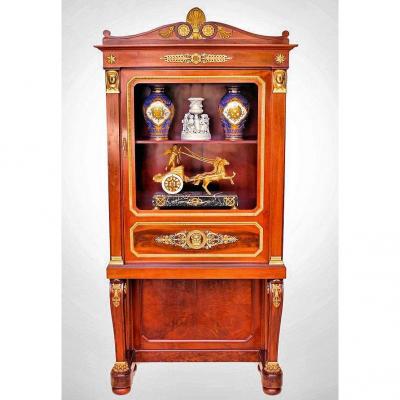

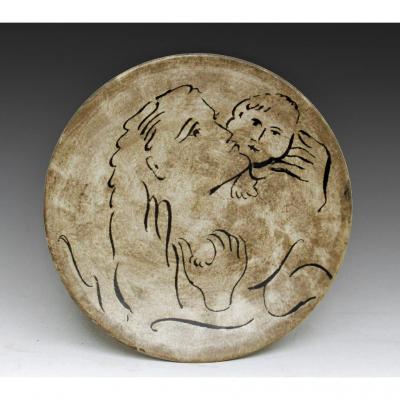

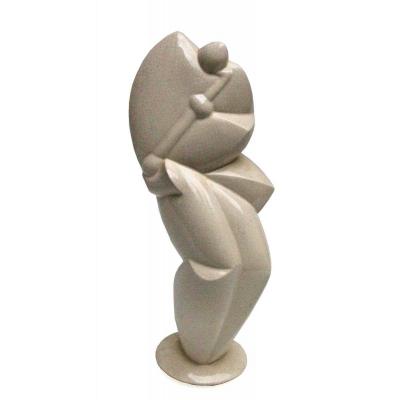

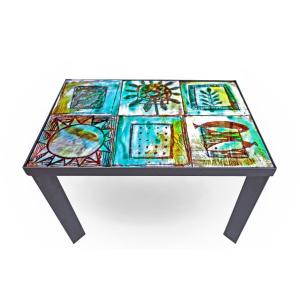

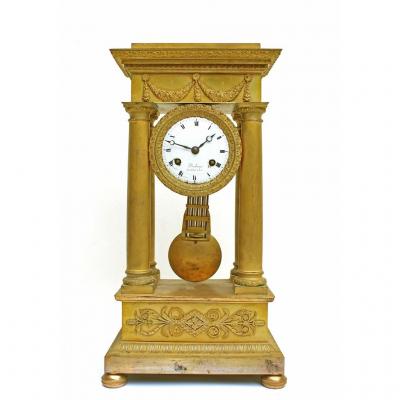

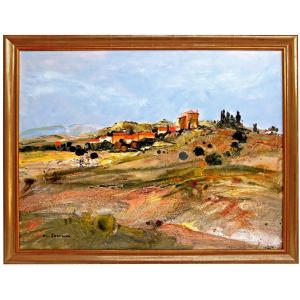




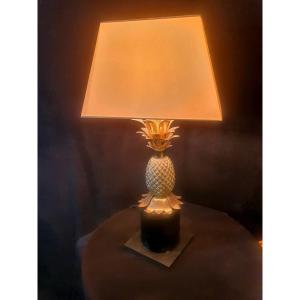






 Le Magazine de PROANTIC
Le Magazine de PROANTIC TRÉSORS Magazine
TRÉSORS Magazine Rivista Artiquariato
Rivista Artiquariato